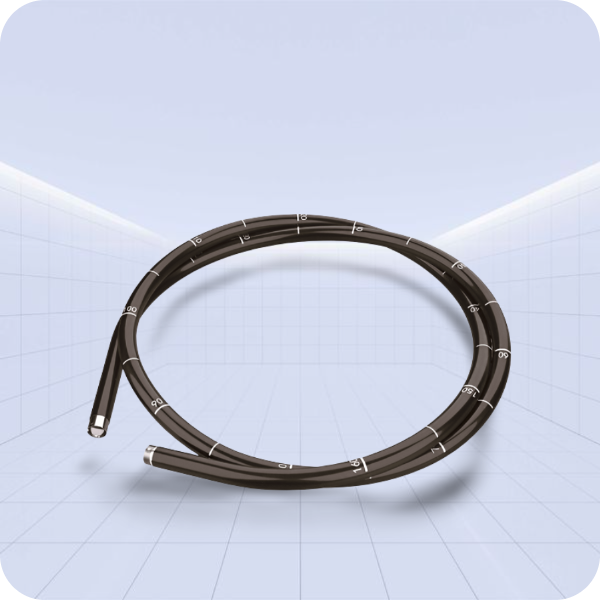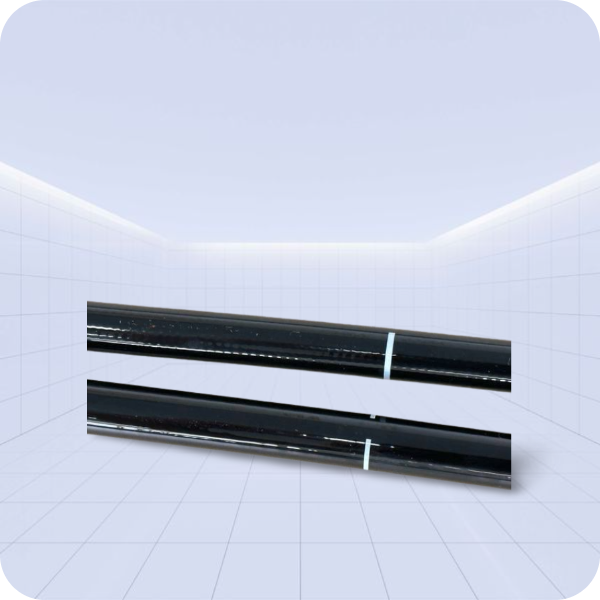- Home
- PRODUCTS
- Insertion&Light Guide Tubes
- Insertion Tube
- General Details
- Comments
- Related Products
CHARACTERISTICS OF INSERTION TUBE
The insertion tube of flexible endoscope is a critical differentiating feature among gastroenterology-designed endoscopes. Depending on the application of the endoscope, significant differences exist, such as the extra-long length of the endoscope and the thinness of a transnasal esophagoscope. However, the subtler differences between endoscope models are equally crucial. This is particularly true for colonoscopes; although endoscopists may prefer using a particular colonoscope model for various reasons, the instrument’s insertion tube characteristics are what most influence their choice. The mechanical characteristics of the insertion tube are what determine the speed and ease with which an endoscopist can insert the instrument.
Endoscope manufacturers have put significant effort into refining the construction of the insertion tube and selecting ideal materials. The insertion tube typically comprises of: 1) tubes for suction (biopsy), air, and water feeding; 2) an additional tube for a forward water jet; 3) four angulation control wires; 4) fine electrical wires connecting the charge-coupled device (CCD) image sensor at the distal tip of the endoscope to the video processor; and 5) delicate glass fibers for bringing light from the light source to the distal end of the endoscope. Colonoscopes with adjustable insertion tube flexibility have an additional component – a tensioning wire to control insertion tube stiffness. Duodenoscopes also have an additional wire/coil sheath running the length of the insertion tube for controlling the up-and-down position of the forceps elevator.
The handling characteristics of the insertion tube are extremely important, particularly for colonoscopes. For easy insertion, the instrument must be capable of accurately transmitting all of the subtle movements and torque applied by the endoscopist. Any rotation that the endoscopist applies to the proximal portion of the shaft (torque) must be transferred to the distal tip of the instrument in a 1 : 1 ratio, although this capability is lost when the instrument is looped. The torquing ability of the instrument is facilitated by flat, spiral metal bands that run just under the skin of the insertion tube (see Fig. 3.2). Because these bands are wound in opposite directions, they lock against one another as the tube is torqued, accurately transmitting rotation of one end of the tube to the other. At the same time, gaps between these spiral bands allow the shaft to flex freely. The bands also give the insertion tube its round shape. Their stiffness prevents the internal components of the insertion tube from being crushed by external forces. These spiral bands are covered by fine strands of stainless steel wire, braided into a tubular mesh. A plastic polymer layer, typically black (or dark green on colonoscopes), is extruded over this wire mesh to create the smooth outer surface of the insertion tube. The polymer layer provides an atraumatic, biocompatible, and watertight surface for the insertion tube. It is usually marked with numbers to gauge the depth of insertion.
COMPOSITION OF INSERTION TUBE COVER

MAIN FEATURES
Compatible with: Olympus®,Pentax®,Fujinon®
Outer Diameter Range: Φ2.5mm-Φ14.0mm
➤ Biological compatibility approved
➤ Excellent assembly technics and surface treatment to ensure the reliable flexibility and usage longevity
➤ Outstanding performance of segment stiffness adjustable function for coloscope
➤ Strict quality control during the manufacturing process and 100% inspection before shipment
For more details of products,please contact us for catalog,thank you.








